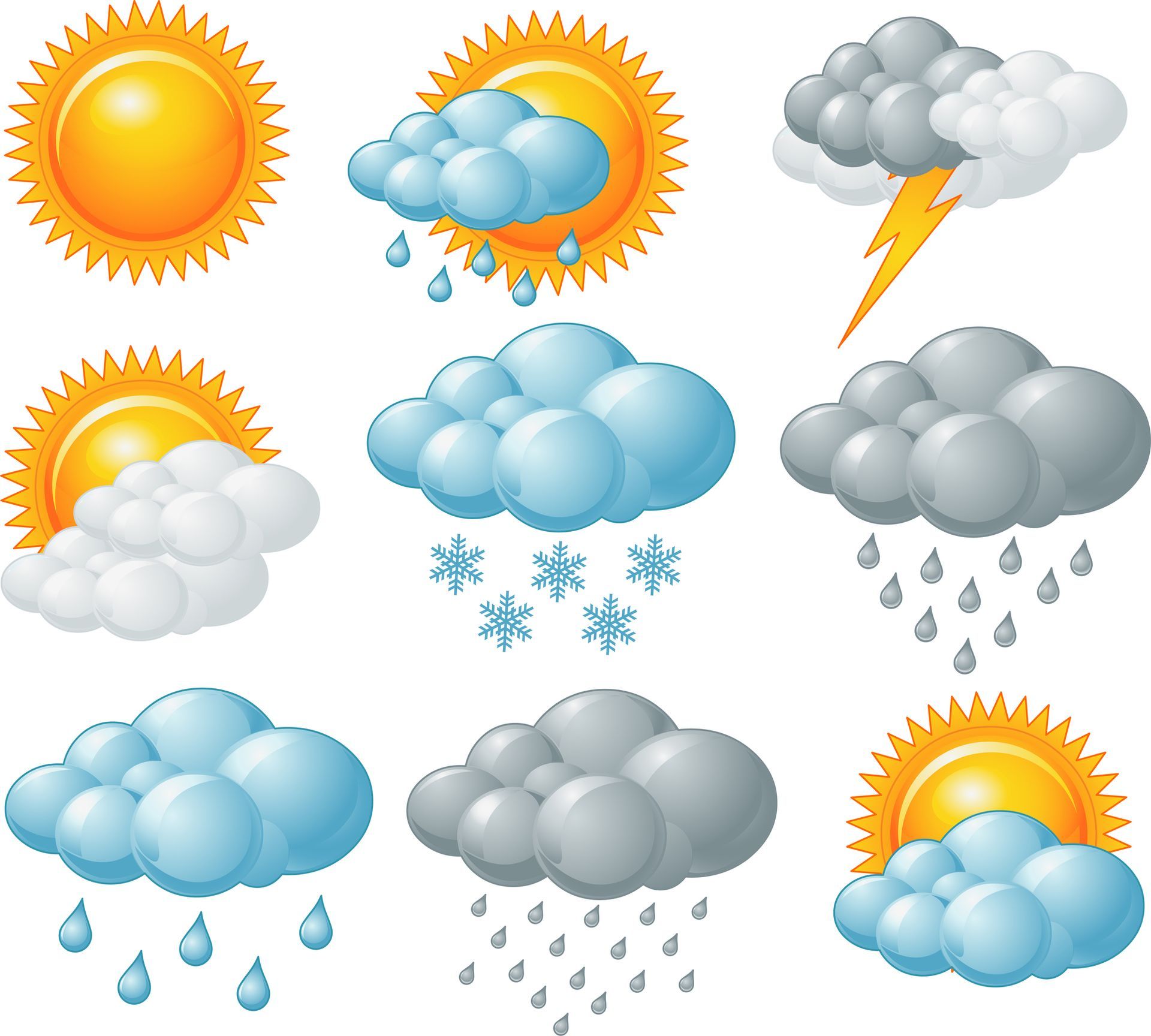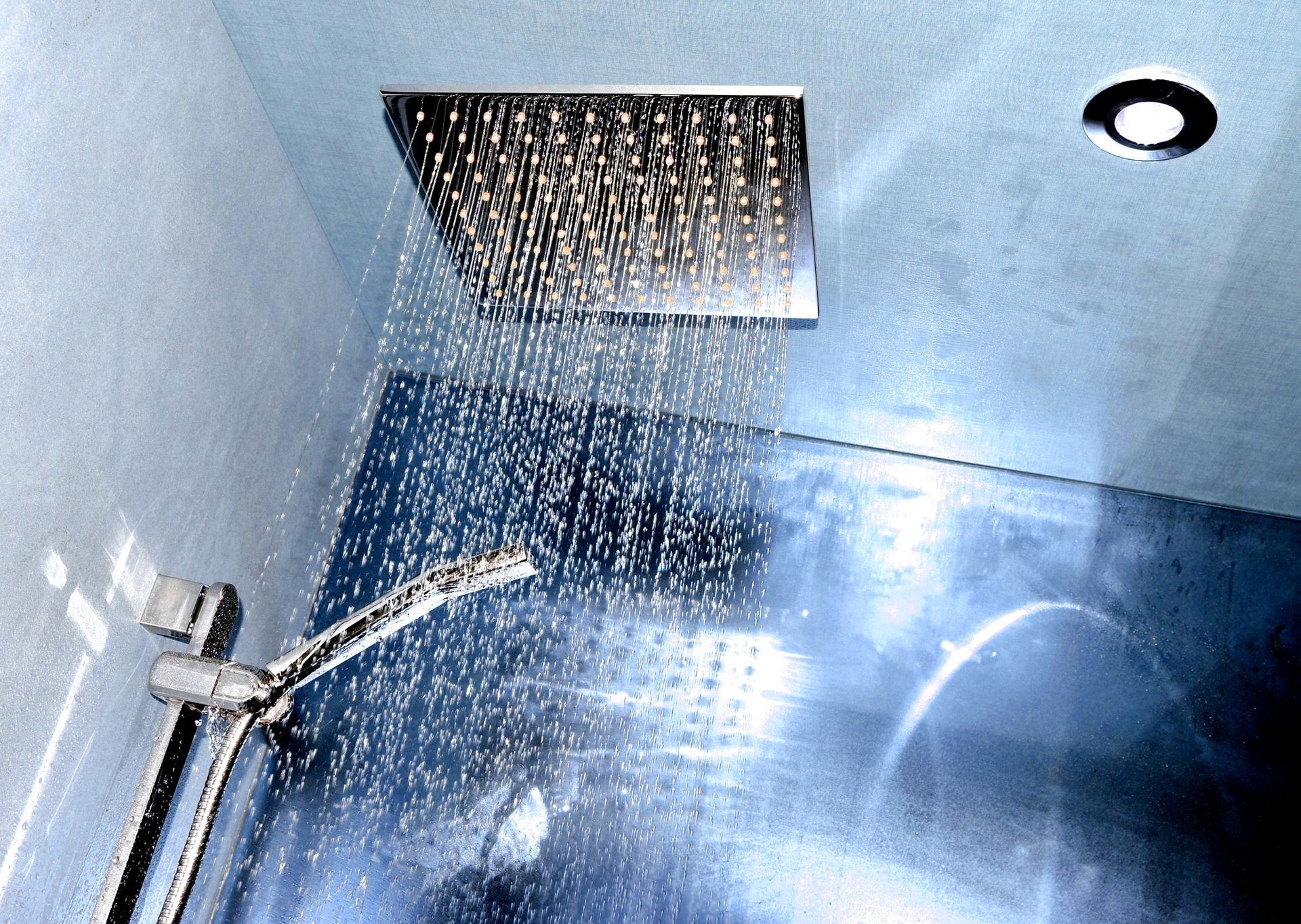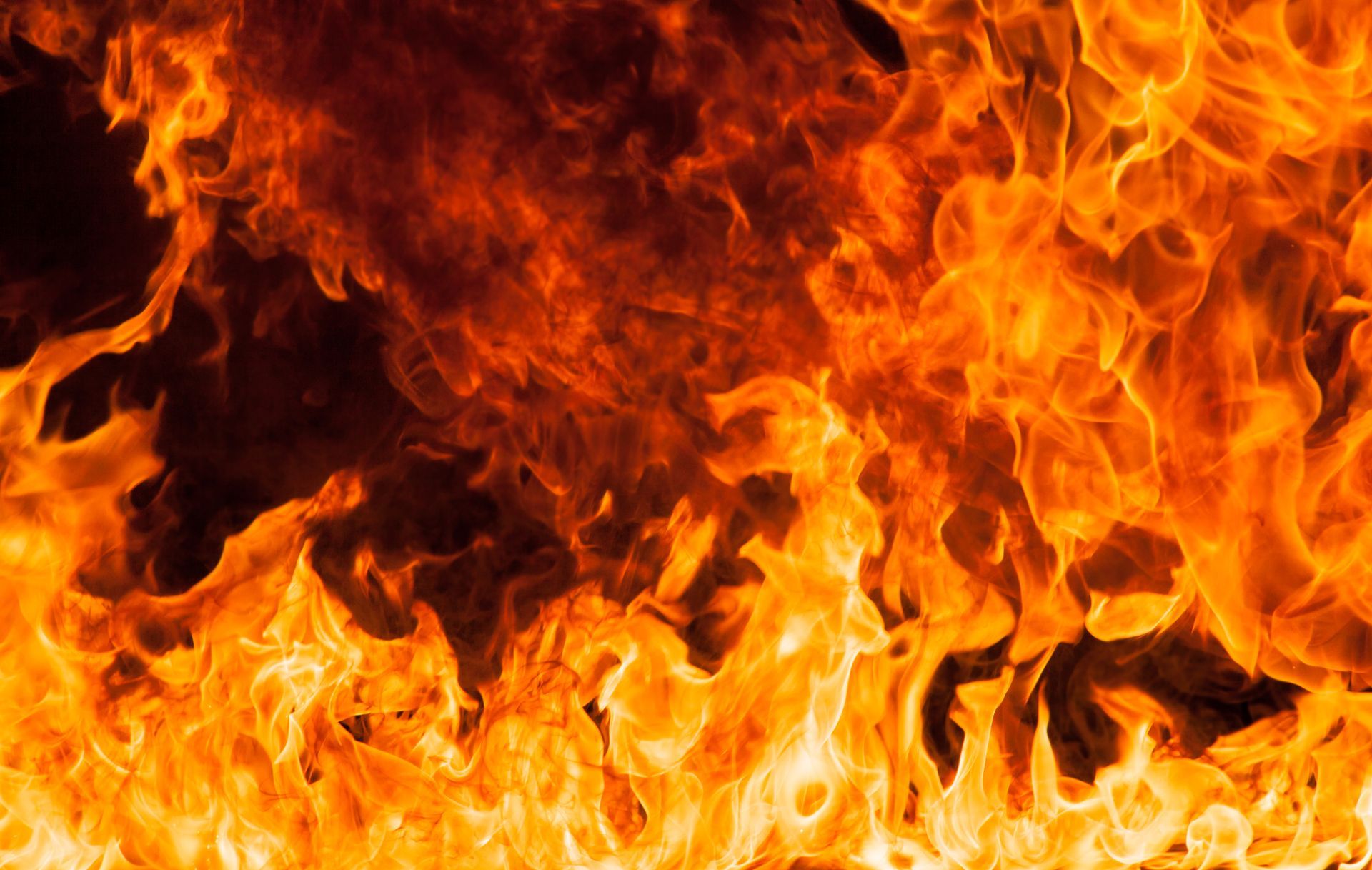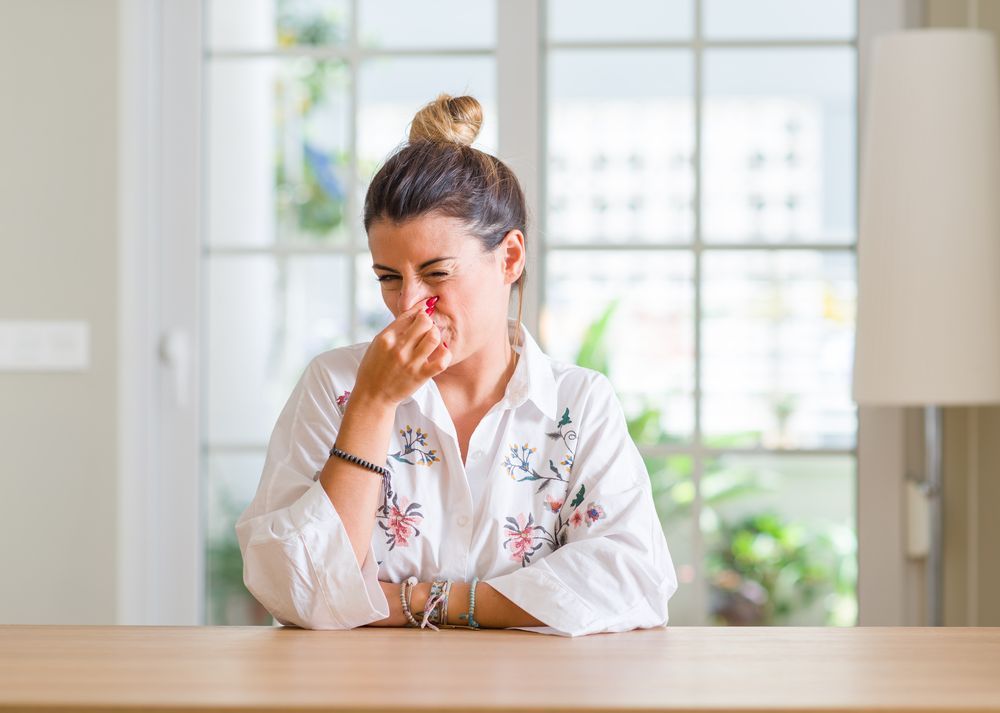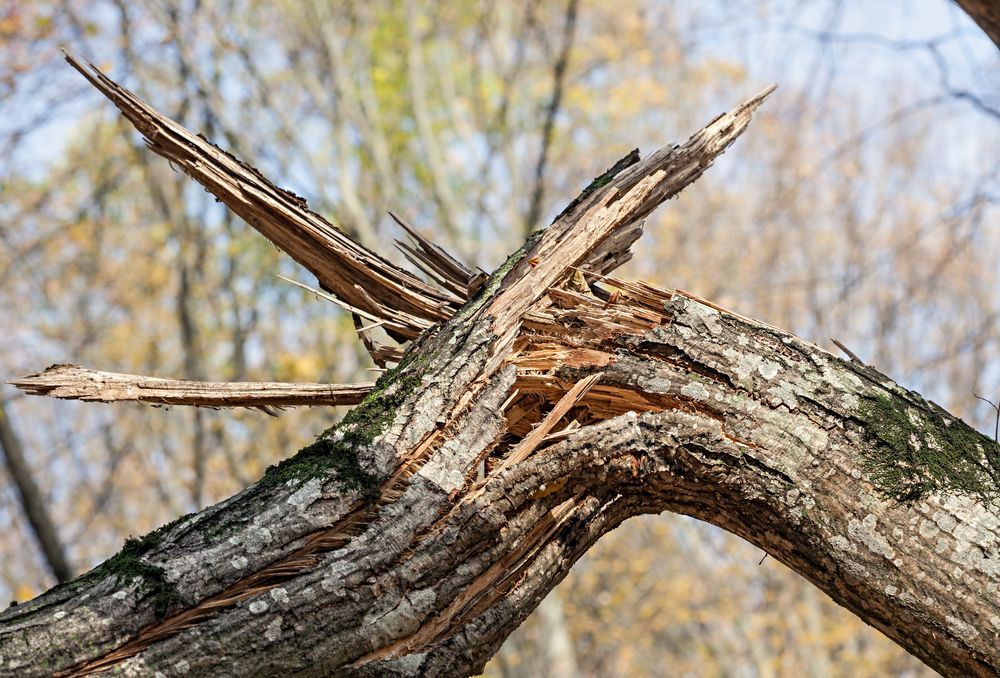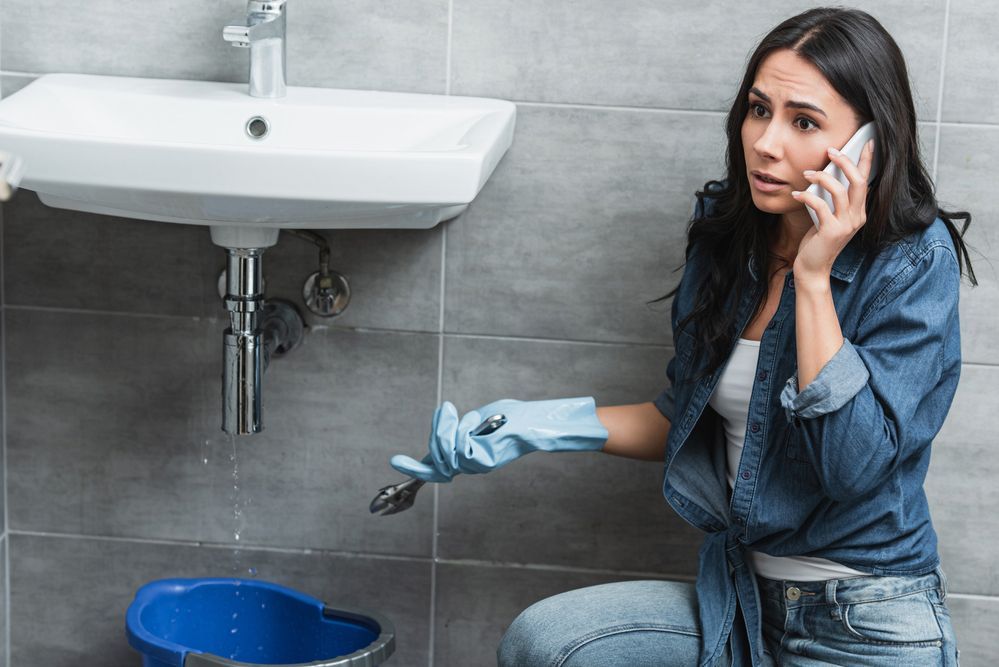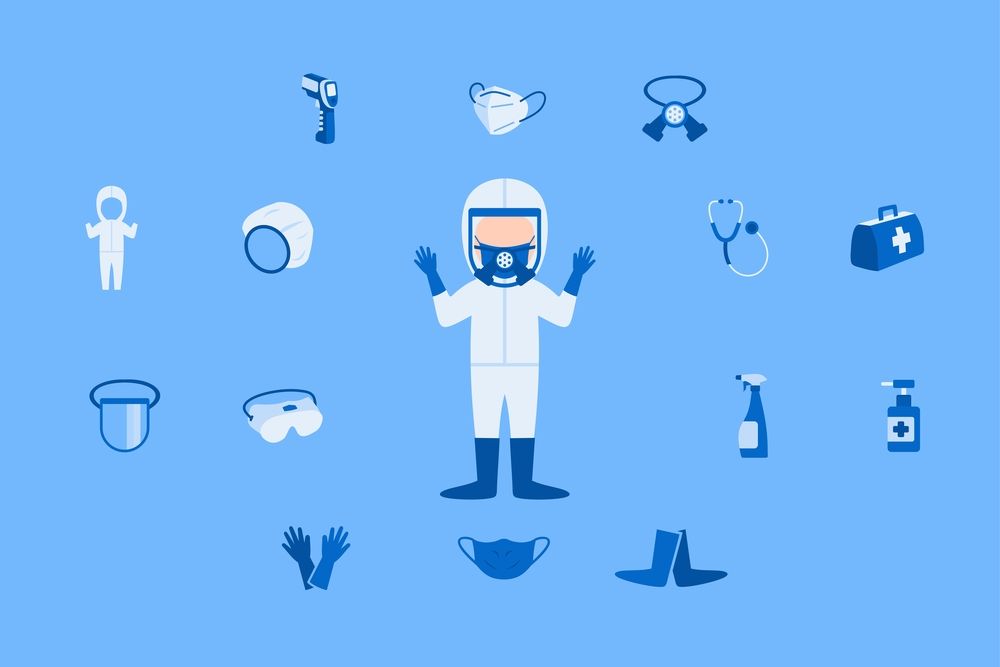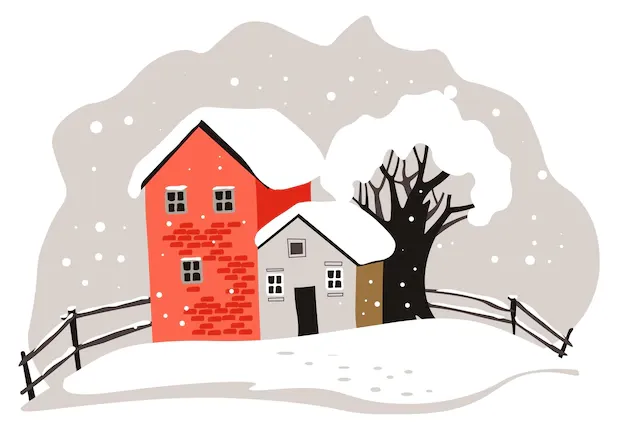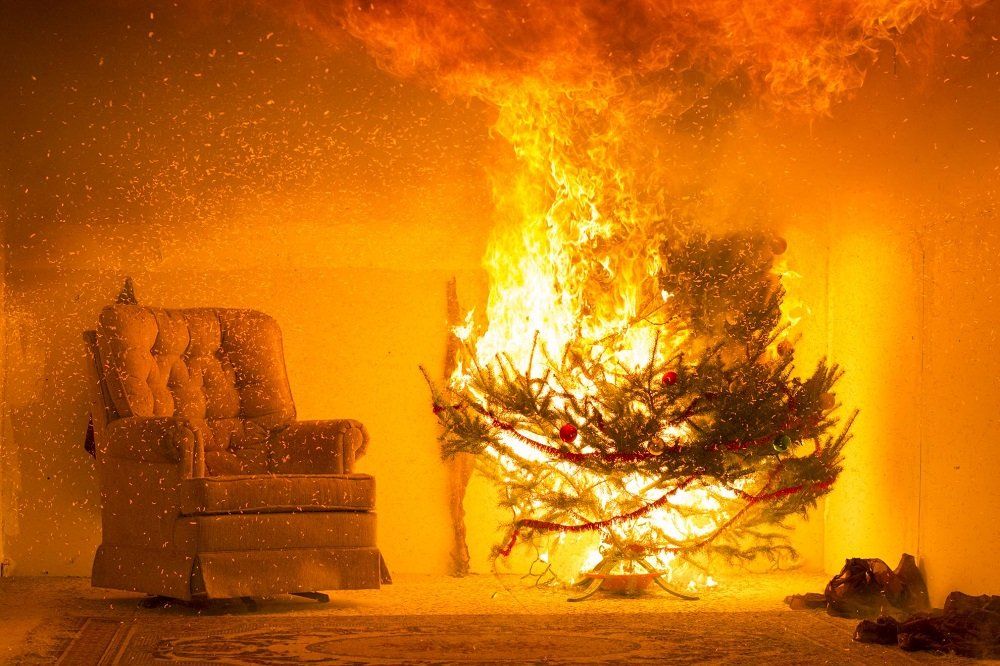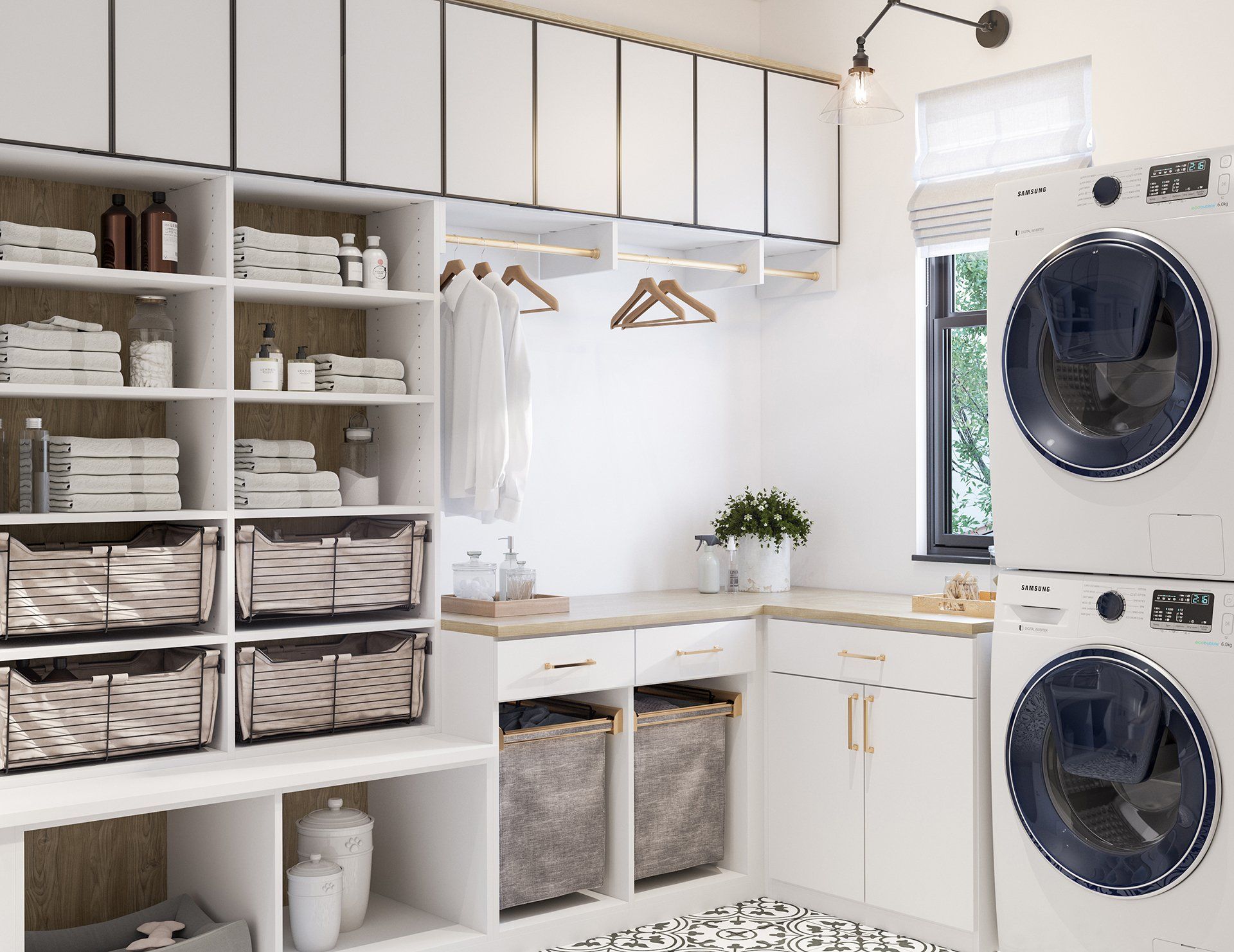Green Mold Elimination
Green Mold Elimination in Eldersburg
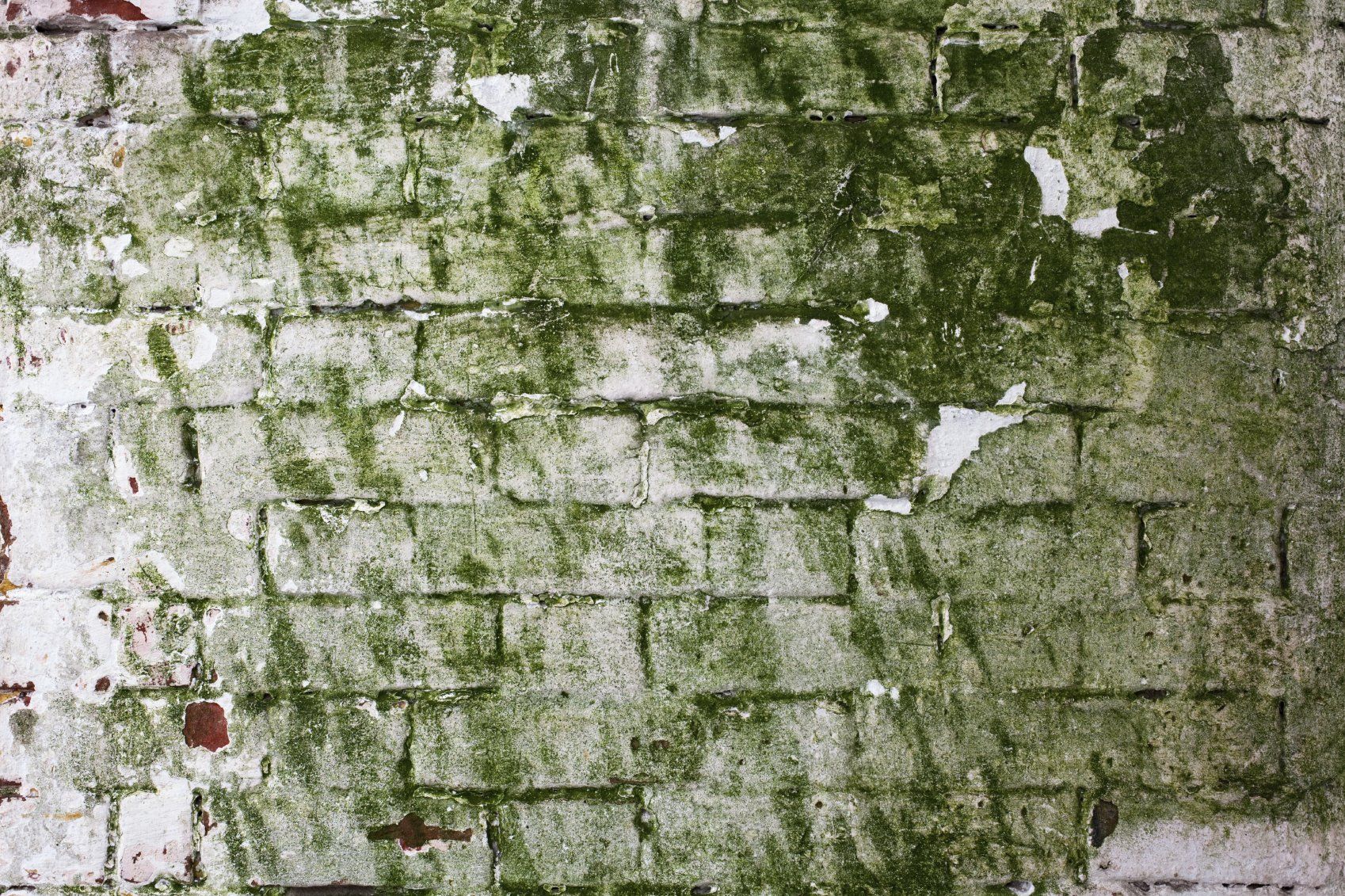
There are thousands of types of green mold on our planet. It doesn't matter what color mold is - green, blue, pink, yellow, or black - mold spores are harmful to humans, especially when they flourish in confined spaces.
Specifically, green mold
There is no specific type of mold called green mold. A green mold is a fungus whose spores have a greenish hue. Mold types that produce greenish spores include Aspergillus, Cladosporium, and Penicillium. Mold spores from these three types of mold are not always green; they can also be blue or even black.
The dangers of green mold
All molds, including green molds, are toxic to humans. Even though mold is present in the air daily, certain conditions lead to mold-related illnesses. The risk of mold growth indoors is greater for people who have compromised immune systems. Aspergillus, for example, can cause pneumonia and inflammation of the lungs. Mold can also cause adverse reactions in people with allergies and asthma, such as coughing, running noses, watery eyes, and itchiness.
Test for Mold When Seeing Green Indoors
A mold with a greenish hue is known as a green mold. However, green mold can be difficult to identify, especially if it appears in different colors on different surfaces. The presence of varying shades of green or green-gray in damp, darkened areas is indicative of green mold. Often, black and pink molds can be found growing alongside green mold.
Wood is the primary target of mold. Colonies of green mold can grow on wood floors, ceiling beams, and walls. Green mold thrives in dark, confined kitchen cabinetry, even on food like bread. It may be easy to detect green mold if it appears green, but only a laboratory test can determine if it is one of the species that causes green mold.
How to Remove Green Mold
Mold thrives in moist conditions. Our recommendation for preventing indoor moisture is to patch any plumbing leaks, caulk any foundation cracks, and seal surfaces around windows. In order to stop mold from growing, it must be prevented from gaining moisture and food sources (wood, drywall, and clothing, among others).
When indoor moisture is controlled, it is possible to remove mold colonies. Green mold infestations can be controlled with fungicides. A vacuum with a HEPA filter can also be used to remove mold spores.
When to Call a Professional
In cases where mold covers a large area, it is best to hire a professional. The three processes above can be used to eliminate light mold. Property owners should take steps to remove any green mold growth in small spaces, such as those that are less than ten square feet. When green mold affects a large surface area, mold removal and mitigation services are needed.
Call Restoration 1 Eldersburg for Mold Remediation
If you discover a green mold problem on your property, you should contact your most trusted local mold remediation company immediately. Mold remediation experts can remove mold growth in any situation, whether it's in a small area under a sink or has grown into a gigantic patch along a basement wall. Mold technicians are highly trained to detect and stop the spread of mold spores.
Taking action quickly will help rid an occupied property of green mold. All mold problems regardless of their size or severity can be handled by professionals skilled in mold remediation. Don't hesitate to call Restoration 1 Eldersburg at the first sign of mold on your property.

